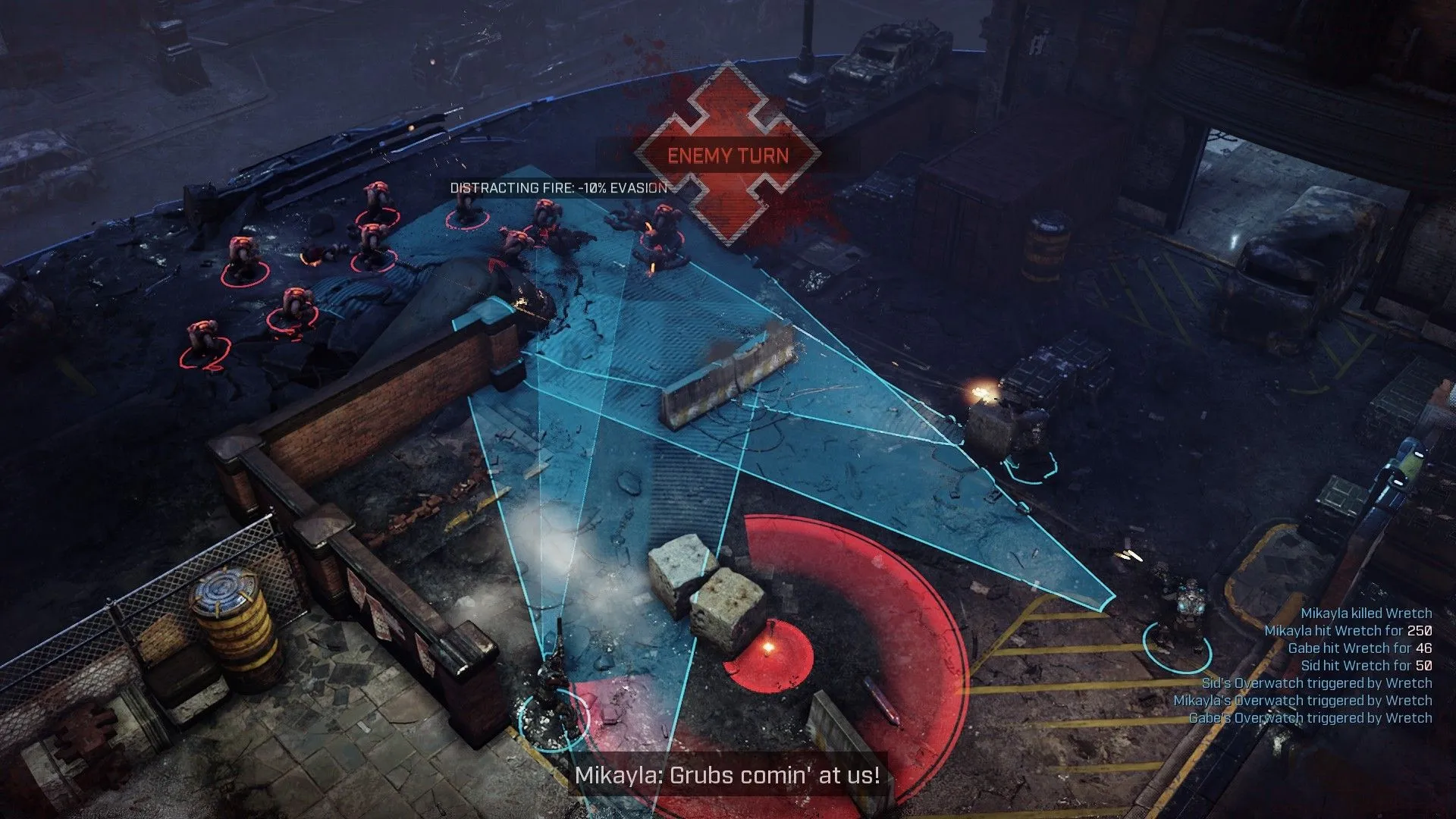
Gears Tactics Review: A Thrilling Tactical Take on the Gears Universe
Contents
The Gears of War franchise has consistently sought new ways to expand its gritty universe. Gears Tactics, a prequel set before the original trilogy, offers a fresh perspective on the iconic series by venturing into the turn-based tactics genre. This review explores how Gears Tactics successfully blends the visceral action of Gears with strategic gameplay, while also examining some of its shortcomings.
 alt text: Gears Tactics Gameplay showing cover-based combat
alt text: Gears Tactics Gameplay showing cover-based combat
A Surprisingly Fluid Tactical Experience
While the combination of Gears of War and turn-based tactics might seem unusual, Gears Tactics proves to be a surprisingly compelling blend. Drawing inspiration from XCOM, the game incorporates a free movement system and a modified Action Point (AP) mechanic that sets it apart. Instead of the alternating turn system seen in games like XCOM: Chimera Squad, Gears Tactics employs a team-based turn structure with each character having 3 AP. This allows for dynamic action sequences, enabling players to execute multiple moves like run-and-gun, grenade throws followed by repositioning, or a variety of other creative combinations.
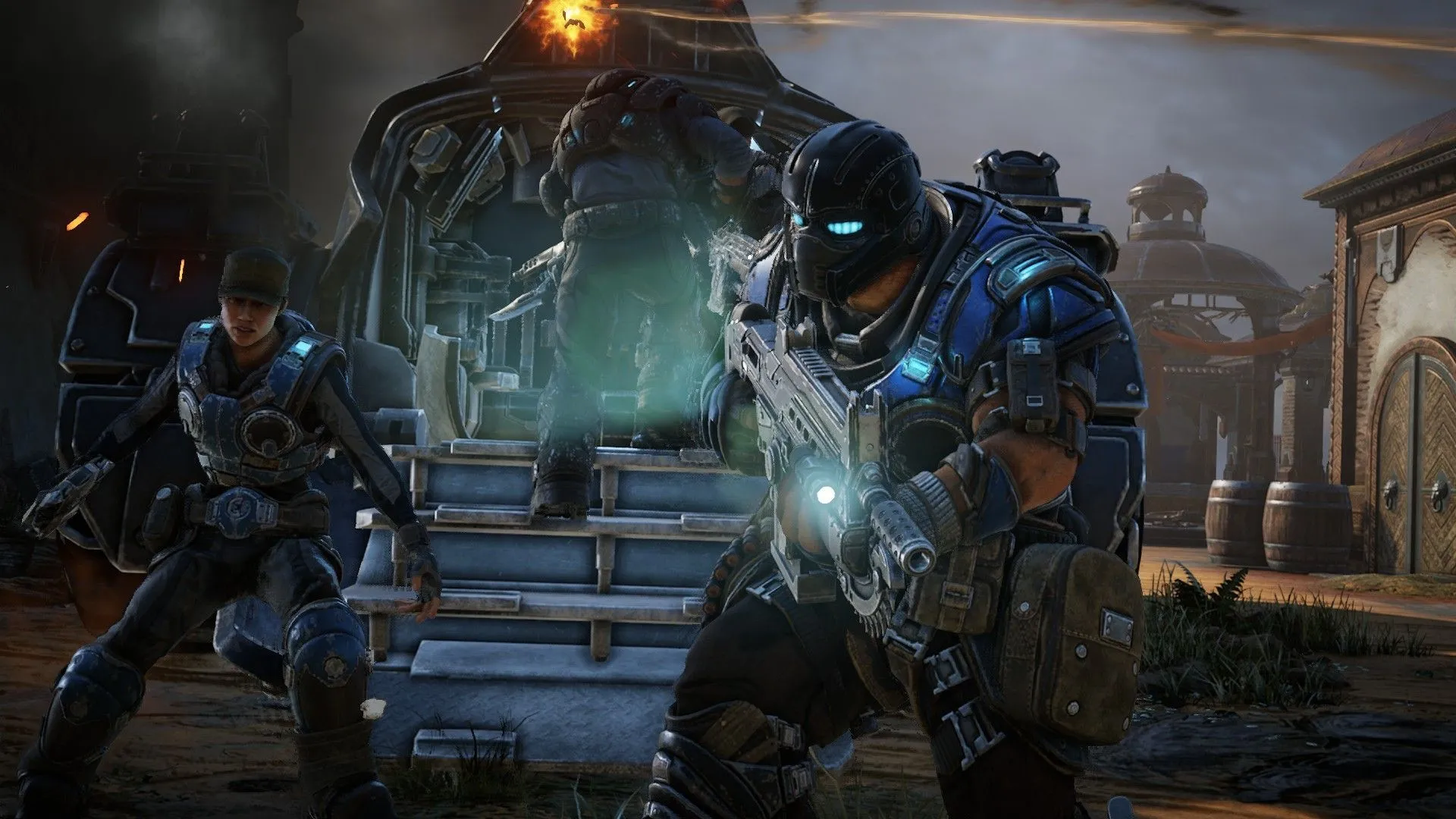 alt text: Gears Tactics character customization screen showcasing different classes and weapons
alt text: Gears Tactics character customization screen showcasing different classes and weapons
The 3 AP limit can be strategically extended mid-battle by performing executions on downed enemies. This grants an extra AP to the entire team, providing crucial flexibility in tense situations. Furthermore, the Overwatch mechanic, which allows characters to interrupt enemy movement, factors in remaining AP. This means a character can potentially unleash multiple shots in a single Overwatch action, adding another layer of tactical depth.
The game’s emphasis on maximizing turn efficiency becomes even more apparent when facing swarms of Tickers and Wretches. These relentless enemies force players to carefully manage resources, utilizing grenades, Overwatch, suppressing fire, and strategic retreats to control the battlefield. Even Drones can utilize Overwatch, and the tougher Grenadier and Theron Guard units become even more formidable threats in the turn-based format. Prioritizing targets and managing overwhelming odds becomes a constant challenge, particularly in the later stages of the campaign, but the satisfaction of successfully extracting your squad remains a rewarding experience.
Classic Gears Elements Reimagined
Gears Tactics cleverly integrates several signature elements from the action-shooter series into its tactical gameplay. The bullet penetration mechanic allows for hitting multiple targets (or even allies) lined up behind each other. Explosives and grenades can knock enemies out of cover and disrupt Overwatch. These mechanics encourage strategic positioning and creative use of the environment.
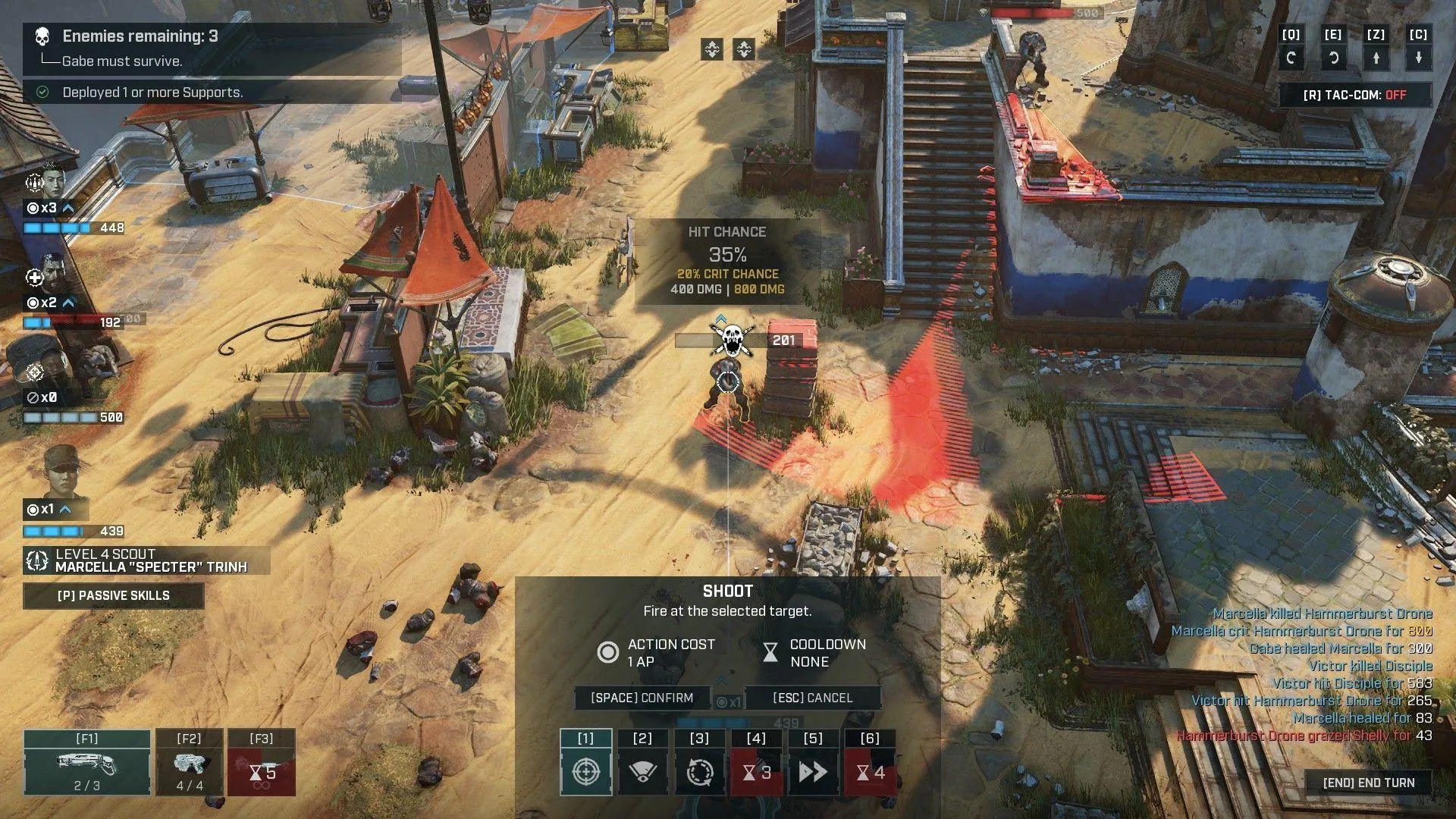 alt text: Intense firefight in Gears Tactics, showcasing the environment and character models
alt text: Intense firefight in Gears Tactics, showcasing the environment and character models
The game features five distinct character classes, each with unique abilities and skill trees that provide a satisfying level of customization. The Scout can utilize stealth and bypass Overwatch, strategically placing mines in enemy-dense areas. The Sniper can eliminate multiple Drones with well-placed shots and coordinated abilities. The Support class not only heals allies but can also grant extra AP for continued offensive pressure. With over 30 skills, both active and passive, and a variety of weapon modifications, players can create diverse and powerful squad combinations capable of overcoming any challenge.
A Lack of Strategic Depth Beyond the Battlefield
While Gears Tactics delivers thrilling tactical combat, its strategic layer feels underdeveloped. The 20-hour campaign is largely linear, focusing on a series of main missions with minimal branching paths or strategic choices. Unlike other turn-based strategy games, Gears Tactics lacks a metagame layer or meaningful resource management. Recruiting new soldiers is free, there are no consumable items, and while weapon modifications can be found in crates during missions, they cannot be bought, sold, upgraded, or crafted. This absence of a deeper strategic layer ultimately limits the game’s long-term replayability.
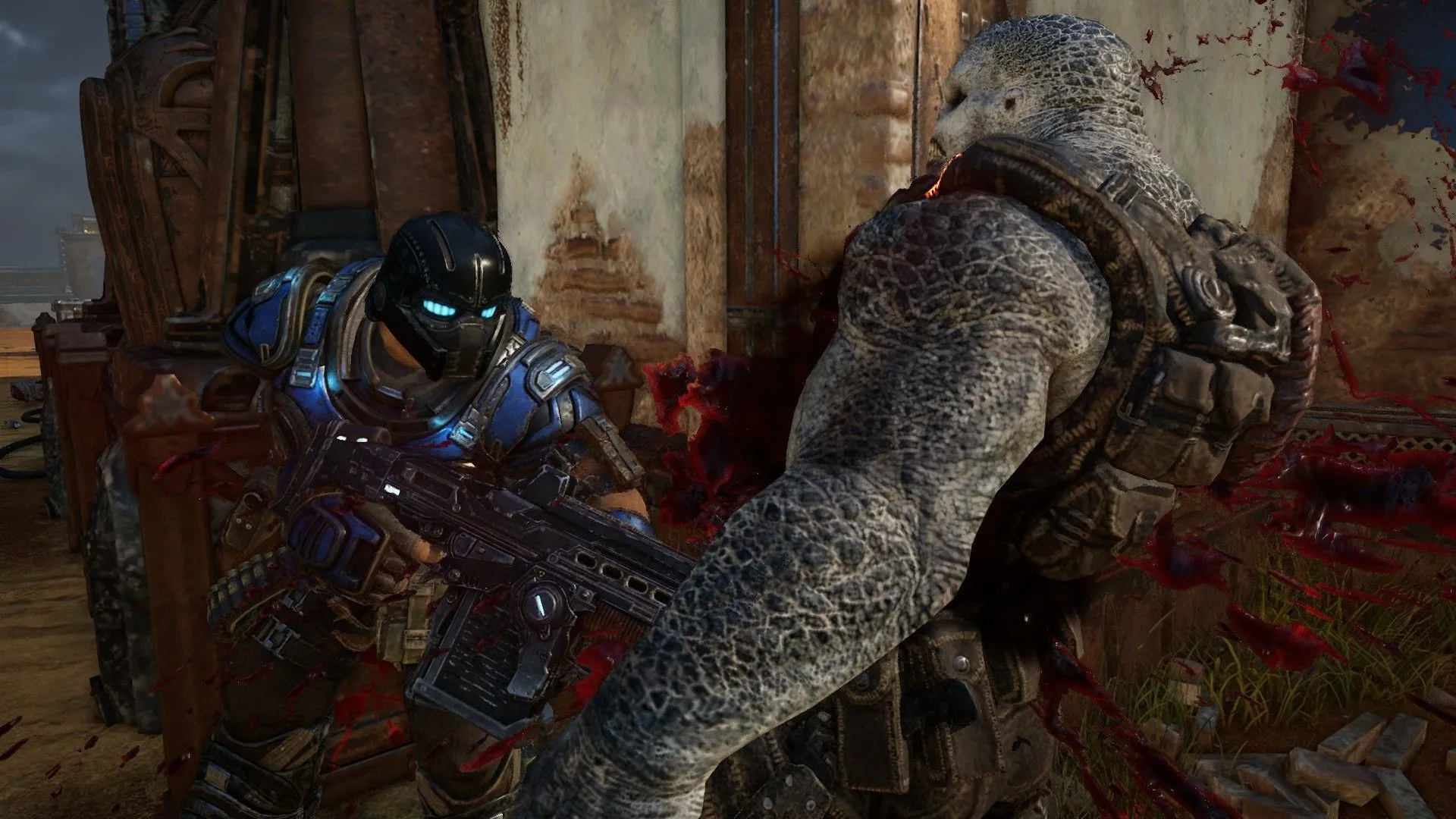 alt text: Gears Tactics character selection screen, highlighting different classes and their specializations
alt text: Gears Tactics character selection screen, highlighting different classes and their specializations
The repetitive mission design further contributes to this issue. Objectives often revolve around capturing locations, rescuing stranded soldiers, or retrieving equipment while escaping Nemacyst bombardments. Boss battles can feel drawn out and rely heavily on predictable area-of-effect attacks. Arbitrary mission modifiers, such as restricting certain soldier types or grenade usage, further limit strategic options. Finally, the recruitment system allows for instantly acquiring new soldiers at the same level as your highest-level units, rendering any investment in leveling existing troops outside of the main four characters largely pointless.
A Compelling but Ultimately Limited Experience
Gears Tactics successfully translates the visceral action of the Gears of War franchise into a compelling turn-based tactics experience. The fluid combat, class customization, and integration of classic Gears elements create a thrilling gameplay loop. However, the lack of a meaningful metagame, repetitive mission design, and underdeveloped strategic layer ultimately hold the game back from reaching its full potential.
 alt text: Cinematic cutscene from Gears Tactics, showcasing the characters and story
alt text: Cinematic cutscene from Gears Tactics, showcasing the characters and story
System Requirements and Information
Developer: Splash Damage, The Coalition
Publisher: Xbox Game Studios
Genre: Turn-Based Tactics
Release Date: April 28, 2020
Platform: PC
Minimum Requirements:
- OS: Windows 10 64-bit
- CPU: Intel i3 Skylake | AMD FX-6000
- RAM: 8 GB
- GPU: AMD Radeon R7 260X | NVIDIA GeForce GTX 750 Ti
- Storage: 45 GB
Recommended Requirements:
- OS: Windows 10 Pro 64-bit
- CPU: AMD Ryzen 5 1600 3.2Ghz
- RAM: 16 GB
- GPU: ASUS ROG RX 570 4GB
- Storage: 1TB
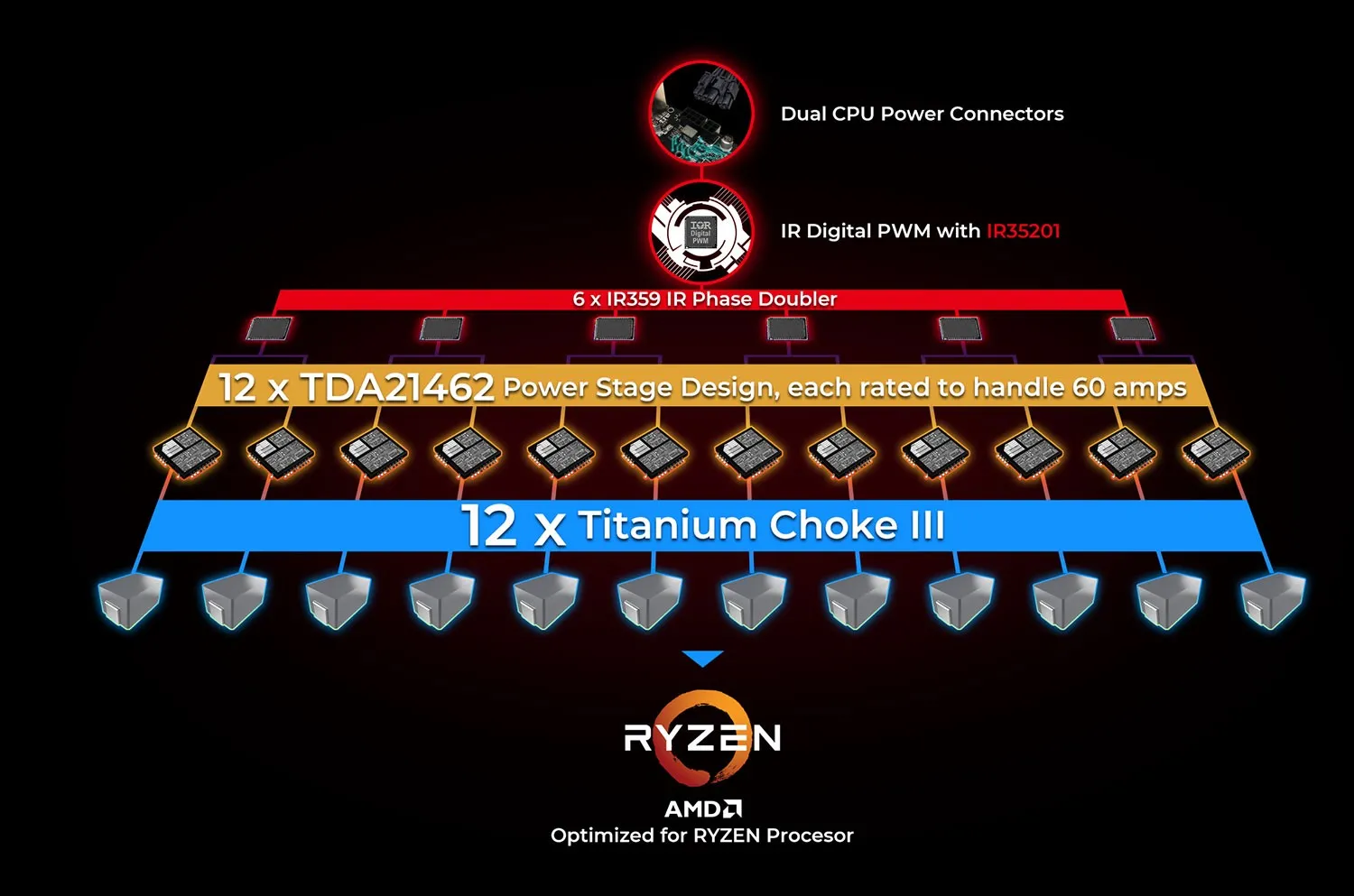

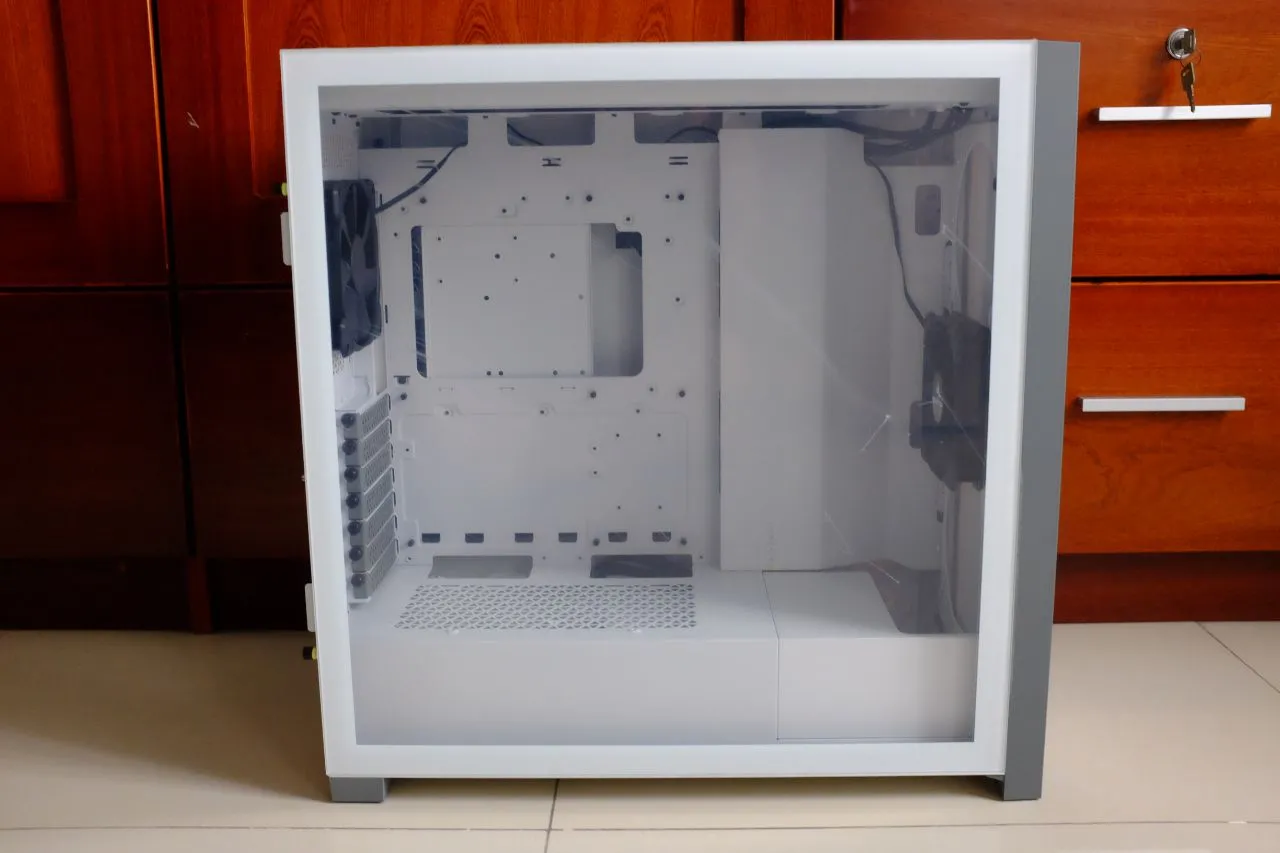
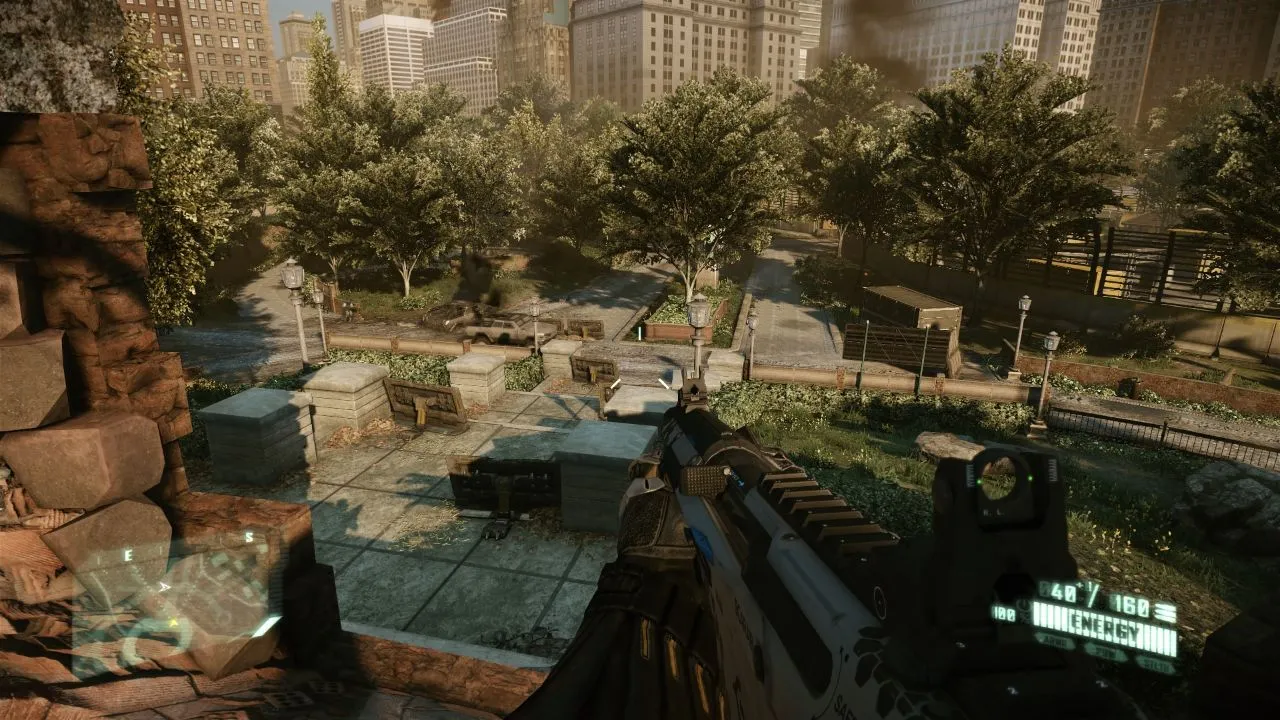
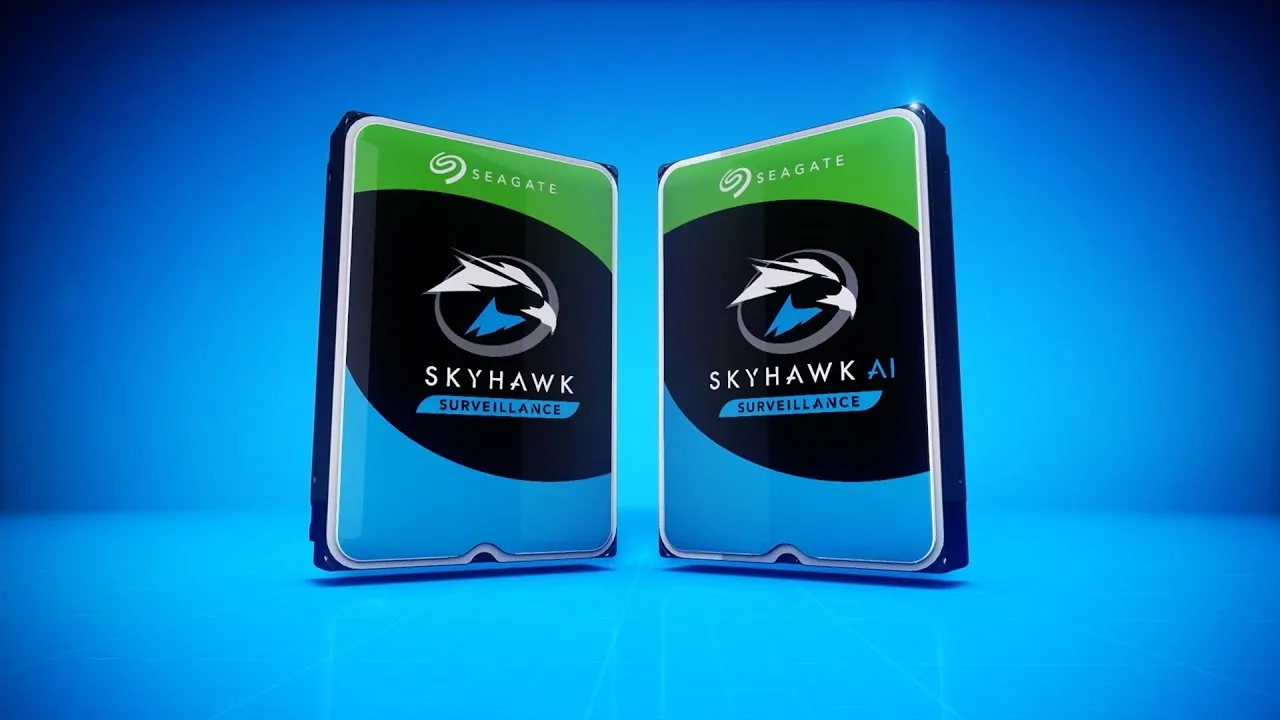
Comments (0)